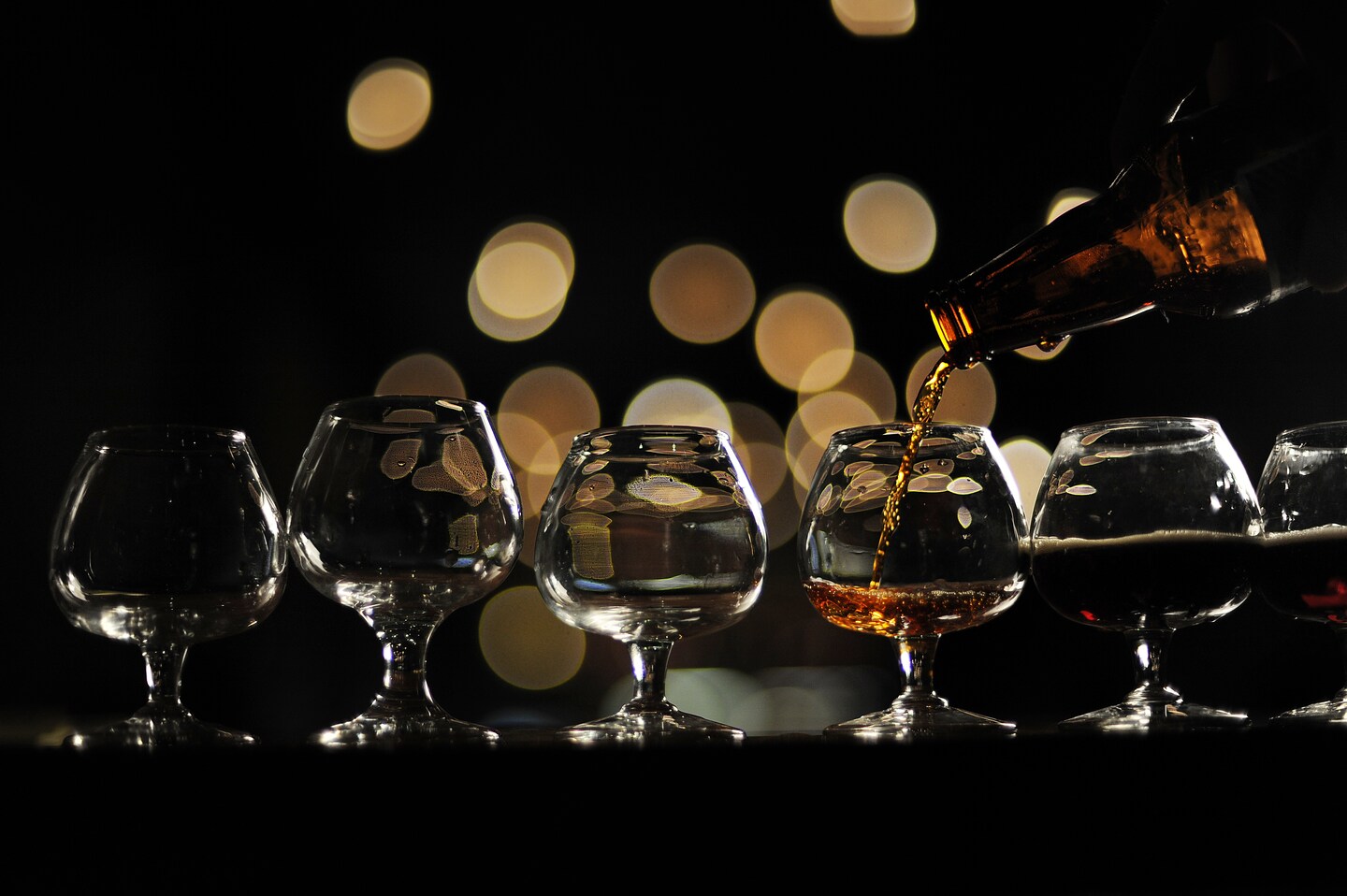Raise a glass to American craft brewing, and the values it embodies!

Just decades ago, craft brewing was nearly dead in the United States. The rise of supermarkets and the giant companies that served them nearly stamped out local and regional brewers. Anchor Brewing in San Francisco, which in 1965 had to be saved from bankruptcy by Fritz Maytag, heir to the Maytag appliance fortune, was almost the only craft brewer in the country. There was no Sierra Nevada and no Sam Adams, and there were no genuine IPAs being produced commercially anywhere in America.
But in the 1980s, entrepreneurial home-brewers started to launch companies. They found a thirsty nation yearning to be free of the commercial, bland lagers that filled supermarket aisles and flooded the airwaves with commercials that sold humor and sexism rather than good beer. Slowly the free market worked its magic, and craft beer began to become not just a viable business, but a phenomenon.
The breakthrough accelerated when U.S. brewers started to experiment. Sam Calagione at Dogfish Head Brewery was one of the industry’s first wild men, brewing “off-centered beers for off-centered people.” The company rolled out products no one had ever seen, like their 60-, 90- and 120-minute IPAs, named for variations in the hopping process, in a sign consumers cared about the details of beer-making. Others were reviving styles not seen in decades like oatmeal stouts, rye ales and quadruples. By the end of the 2000s, the United States had gone from the beer world’s wasteland to its fertile crescent.
Before this alcoholic American revolution, in the rest of the world, beer was good, but staid. German brewers mainly produced the same lagers, Altbiers and Pilseners they had a century prior, and the country’s strict Reinheitsgebot law kept them from engaging in Yankee improvisation.
Britain had its consumer-driven revolt, but it focused on preserving the nation’s past rather than driving a new future. The Campaign for Real Ale kept traditional brewing methods and cask ale alive but did little to nurture U.S.-style innovation.
The changes American brewers made to the now-famous IPA are the perfect example of the impact of this U.S.-led revolution. IPA stands for India Pale Ale, in reference to the British beers shipped to the Empire’s outposts in India. To survive the journey without refrigeration, the beers needed to be slightly more heavily hopped. A similar need created the Russian imperial stout style, but other than that variation the IPA endured for over a century merely as a small offshoot of England’s dominant lightly hopped, bitter style of beer. Then the Americans took over, and this hidebound brew got weird and wonderful.
American brewers used their freedom to expand what an IPA could be. They used hops indigenous to North America such as the Cascade, Chinook, and Amarillo varieties instead of the traditional English Fuggles and Goldings. These American hops were fruitier, spicier, pinier and more aromatic than their transatlantic cousins — and hopheads loved them. IPAs are now the most popular beer style in the craft-brew world, and American brewers continue to push the envelope in terms of alcohol strength and blending styles. Rather than sit on their laurels like Continental brewers had for centuries, the Americans created the modern IPA and kept right on innovating.
Craft brew today remains one of the few bright lights in the otherwise stagnant beer market. In 2019 the beer market overall declined by 2 percent, but craft brewing grew by 6 percent. Craft beers now make up nearly 14 percent of the total beer market by volume, and over 25 percent in terms of dollars. More than 8,000 brewers now work where once there was only lonely Fritz Maytag, and over 160,000 people are directly employed by an industry that didn’t even exist 40 years ago.
That industry’s rise is a textbook example of conservative economics at work. Government investment or dictat did not create this behemoth: Individual enterprise and consumer choice did. Outdated government regulations and laws gave distributors power over producers and inhibited the growth of brewpubs. Craft producers and their lobbyists are constantly on guard against attempts to inhibit their members’ growth and working to peel back regulation and laws that keep the consumer from getting the tasty beer they crave.
There’s a lot of bad news and gloom about America’s future. The craft beer story reminds us the American spirit is alive and well. Prost!
Read more:






